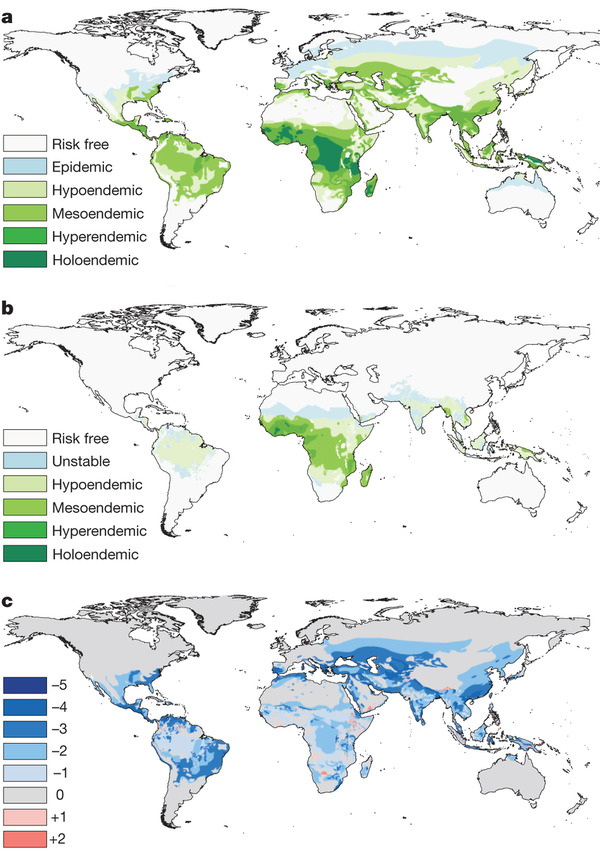QUESTION
Can one have sexual intercourse during malaria infection?
Can malaria be transmitted by sexual intercourse?
ANSWER
Malaria cannot be transmitted by sexual intercourse. It is usually transmitted via the bite of an infected mosquito. Because the parasites infect red blood cells, malaria can also be transmitted via blood transfusion (if the blood is not screened beforehand), organ transplant, and from a mother to her unborn baby, either during childbirth or via the placenta.
